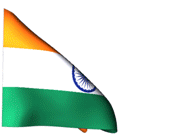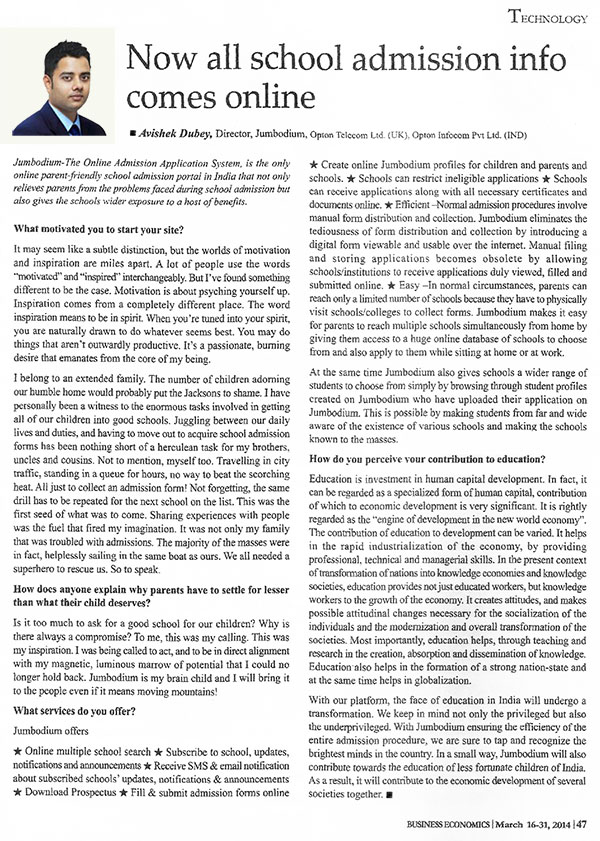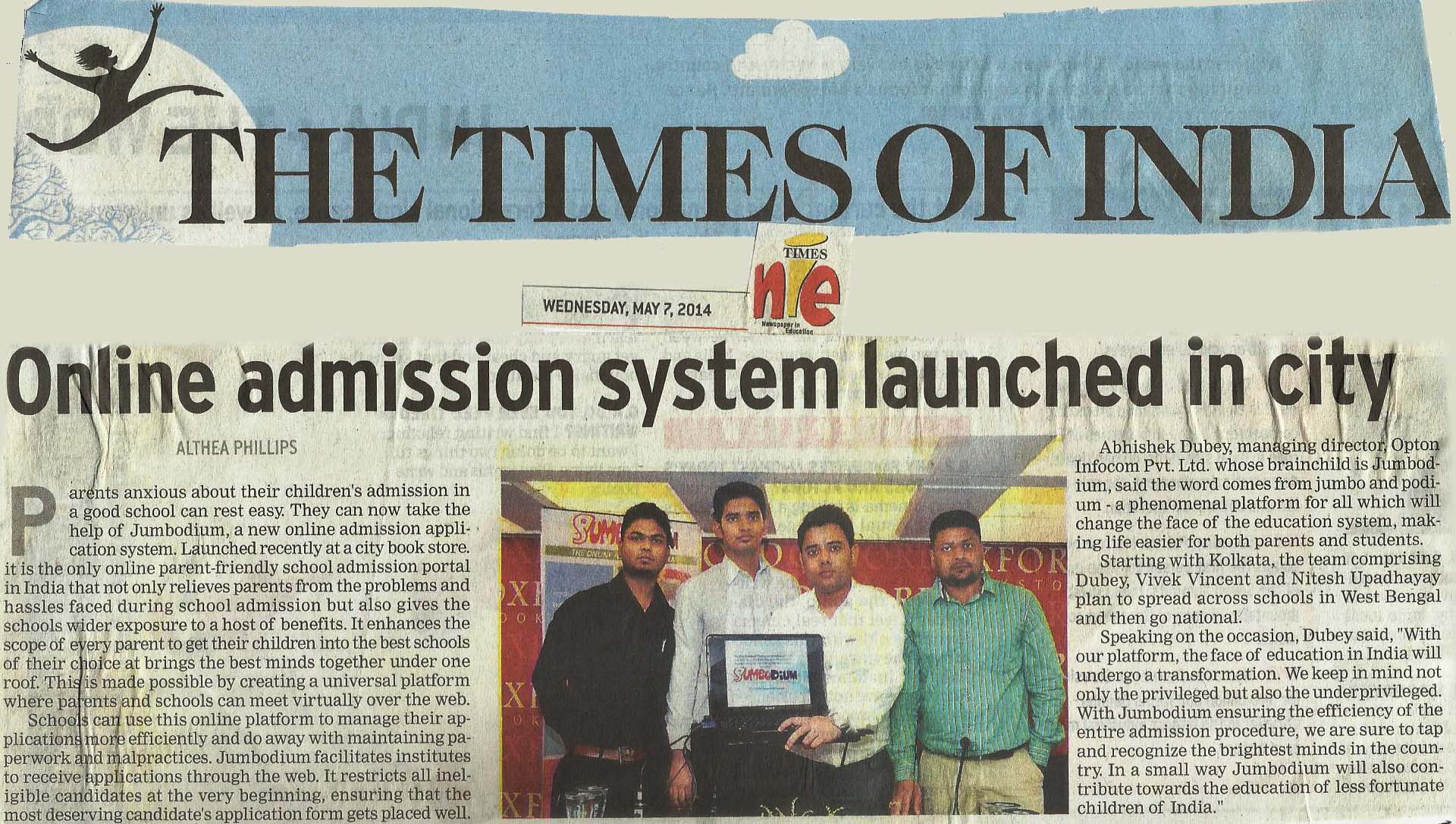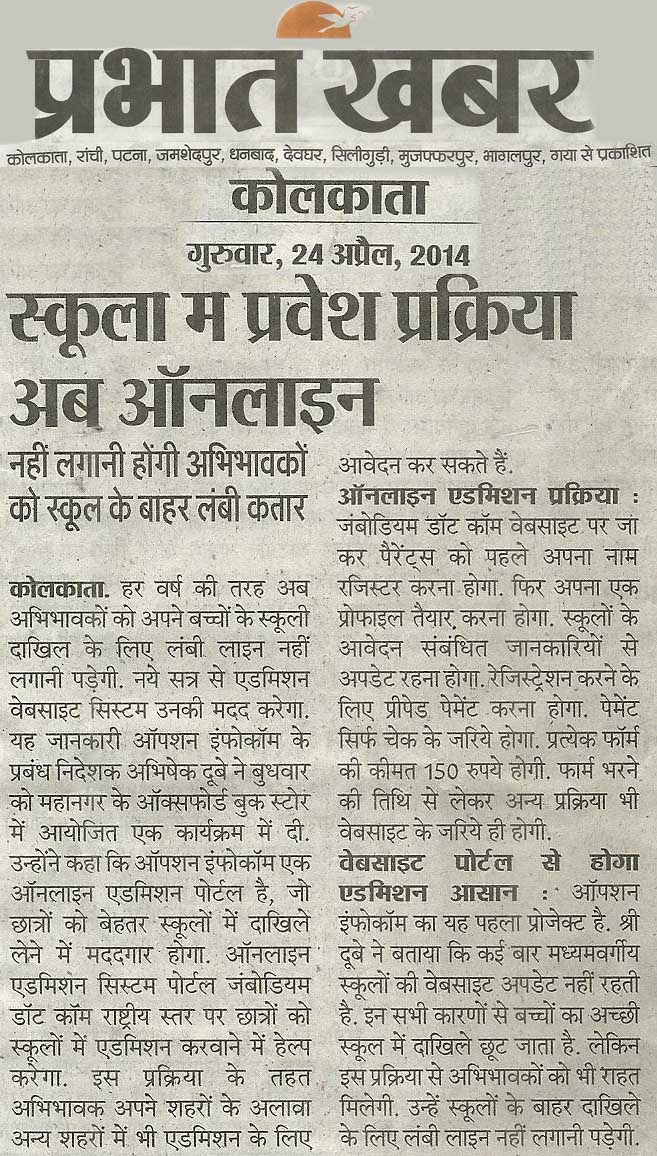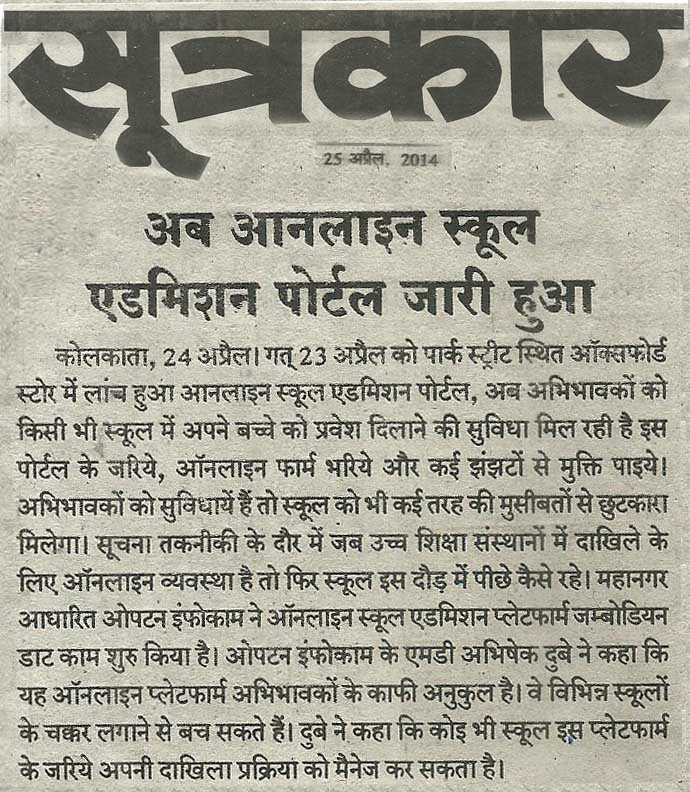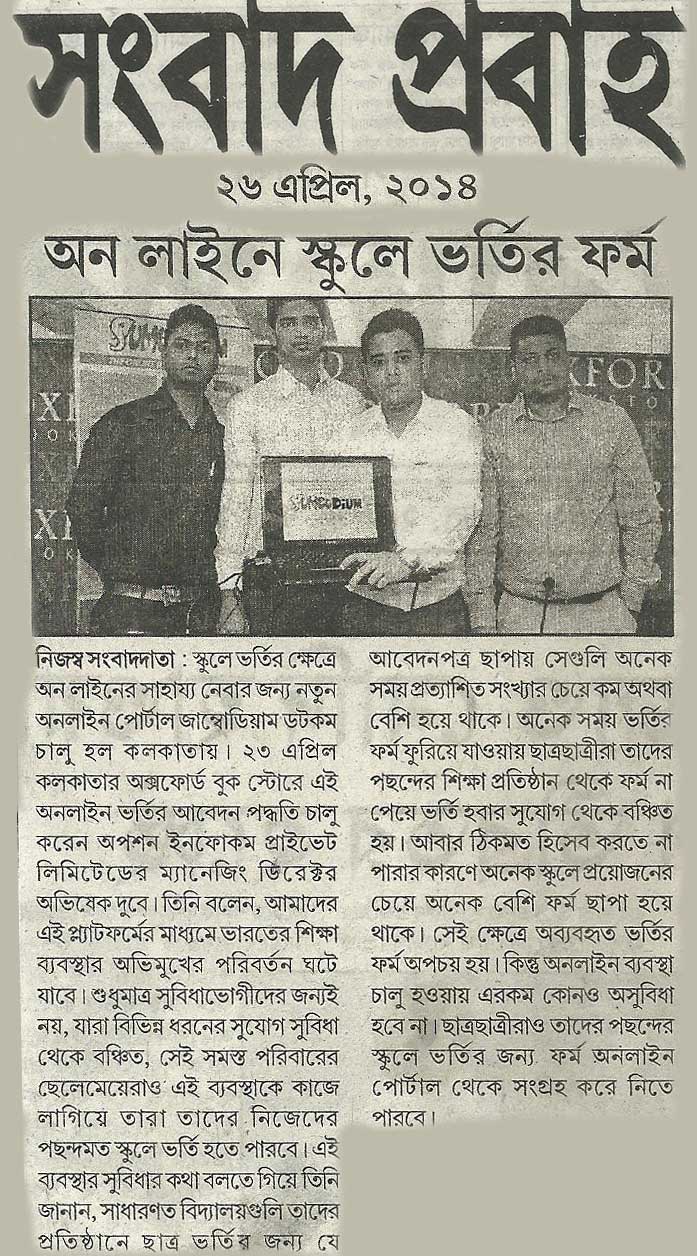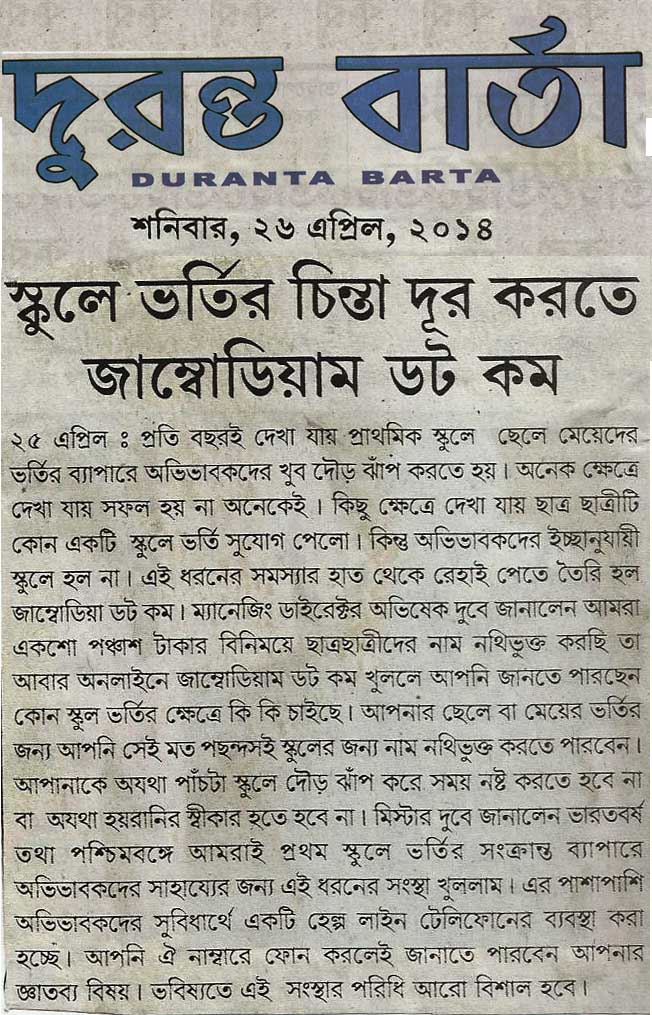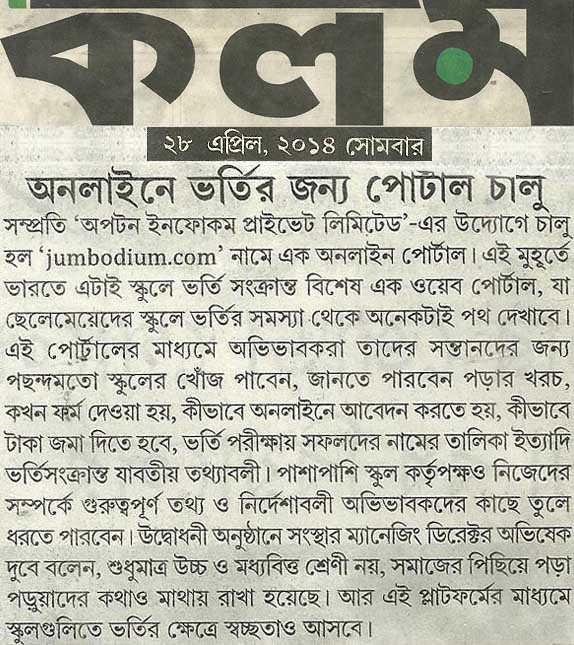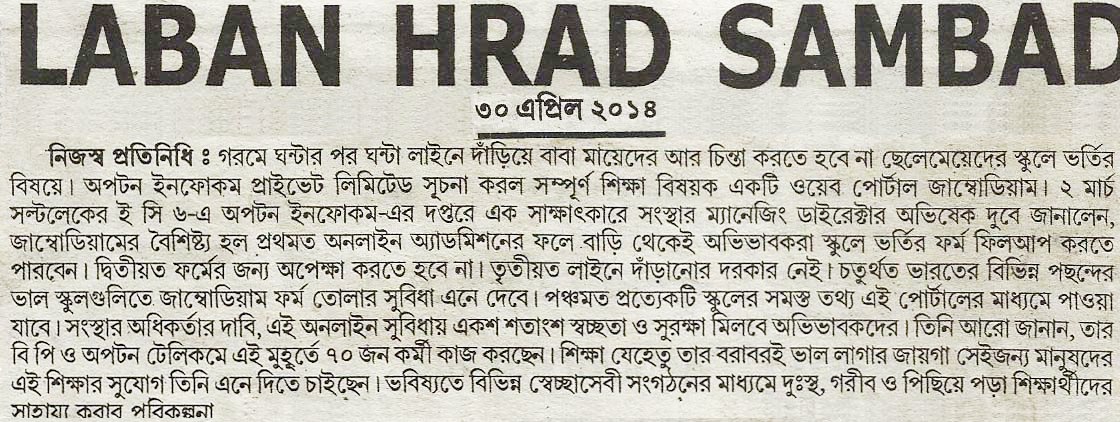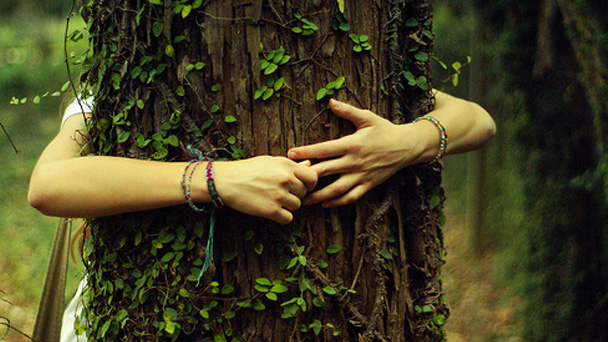
What is the one most prevalent danger that India is facing today? Pollution!!
India is ranked among the top polluted countries in the world. The future of the coming generations depends on what legacy we leave behind. Trees play a vital role in controlling pollution. There are a number of ways to save trees. Trees are crucial to our environmental system and need to be taken care of as much as possible. They come with an unlimited number of benefits to our world.
If we try to save trees, our air will remain clean of impurities. Trees absorb carbon dioxide, pollutants, sulphur dioxide and nitrogen dioxide, allowing us to breathe clean oxygen. A mature tree will produce as much oxygen for 10 people in one year.
There are many benefits we can gain if we try to save trees. They provide us with noise barriers and create shade to cool the hot weather. Places can get up to 6 degrees hotter when there are no trees to block the sun. In the winter, they block the cold force of wind. They tame storm water.
Produce oxygen and absorb carbon dioxide
Trees are necessary for our survival. Through photosynthesis trees produce the gas that we cannot live without: oxygen (O2). As we breathe in, our bodies take in oxygen and when we breathe out, we release carbon dioxide (CO2). Trees do the opposite. They take in CO2 and release O2. This cleans the air by removing harmful CO2 so that people and animals can breathe.
Control temperature and rainfall
Trees are like natural air conditioners and water pumps. They cool the earth by giving shade and recycling water. By cooling the air and ground around them, the shade from trees helps cool the earth's temperature overall. Trees also help moderate the earth's rainfall, which also helps keep the temperature cooler.
If you are at the beach and you come out of the water in a wet bathing suit and lay in the sun, the sun's heat removes the water from your bathing suit and soon you are dry. This is called evaporation: when water is removed by heat.
Forests help to make sure we get rain. Trees absorb a lot of water from the soil for nourishment. Later, when the sun shines on the trees, water is released from the leaves and absorbed back into the atmosphere – just like the water is absorbed from our bathing suits. When the sun's energy removes water from the earth's surface, the water collects into clouds, and when the clouds are heavy with water they release rain back to the earth.
Provide food, medicine, shelter and warmth.
Every day we use or eat something that has come from a tree. Think about the paper we write on, the pencils we use and the furniture we sit on – they all came from trees. The uses of wood are virtually endless. In addition to being processed into products, trees are also cut down so their wood can be used as fuel to cook food and heat homes.
But we don't always have to cut down a tree to be able to make something from it. The rubber that you find on soles of your shoes is made from sap that comes from a type of tree found in Brazil, India, China and Southeast Asia. Cork is the bark of the evergreen cork oak found in the Mediterranean region. Cork has the ability to contract when squeezed and then expand back out again. The evergreen cork oak is one of the few trees that does not die when its bark is removed. What about the things we eat? How many different fruits or nuts can you think of that come from trees? What about the maple syrup we like to eat on our pancakes? Sap is tapped from the sugar maple to make maple syrup. And did you know that cinnamon comes from the bark of a tree that grows in India?
Support biodiversity
Forests are communities full of organisms that depend on each other for survival. We call these communities ecosystems. All parts of a forest ecosystem and the interactions between them are needed for the health and well-being of all. Forests offer food, water, shelter and protection for an incredible array of wildlife.
The term "biodiversity" is used to describe the variety of life. This variety is what an ecosystem depends on. It is helpful to think of an ecosystem as a woven carpet; if you pull on a loose thread, it might only affect the thread and those closest to it or it might unravel the whole carpet.
You've seen the message on a thousand emails; we don't know if it helps in reducing waste, but we know it's worth the effort.
We're against wasting resources.
We don't want to completely stop people from printing. We simply think that sometimes, people, and not everyone, need reminding that wasting paper, ink and toner doesn't make economic or environmental sense.
Not just email
Our message isn't limited to emails.
Every day, people hit the print button without really considering why. Often it's because we're used to seeing things on paper we have some irrational desire to hoard information, but so often this spontaneous compulsion to print is unnecessary.
More than half of all pages printed are never utilized.
We estimate that over 50% of pages printed are never looked at. Consider how many times an almost completely blank page comes out of your printer when printing emails and documents.
Gentle reminders
We hope that by putting our gentle reminders on the documents that are so often needlessly printed we might start a small movement of change.
We're not dictators.
We're not bossy at all, and we hope our message isn't bossy. We're just asking people to think before printing, we're not telling them they have to.
Jumbodium's online initiative to inculcate a paperless organization is directly aimed at making the world a greener place.


